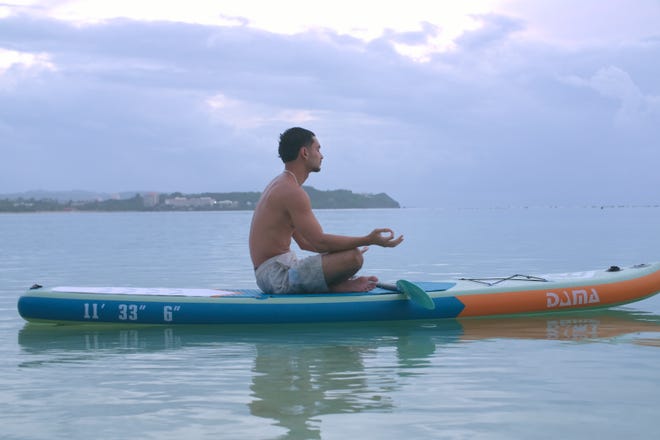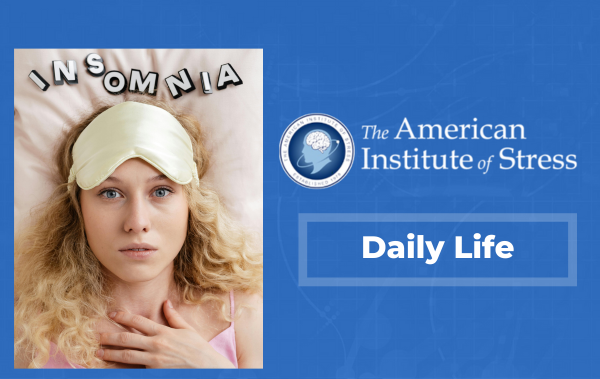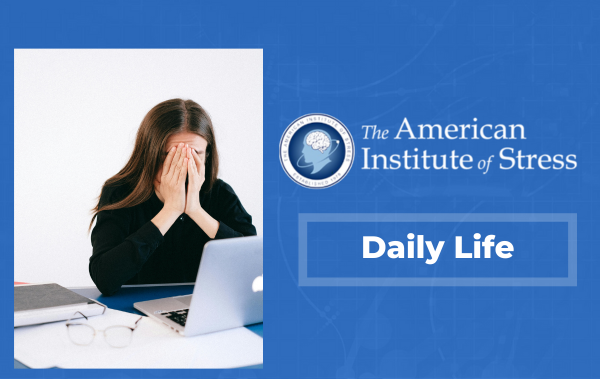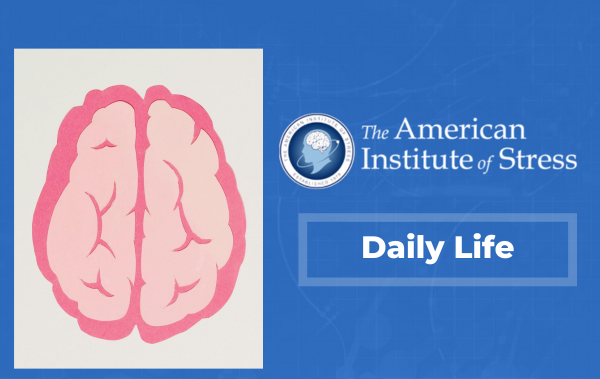By Stephanie Patterson For Pacific Daily News
We all feel stress from time to time, and thank goodness we do. A stress reaction is what allows our bodies to act quickly in an emergency and prevent injury for ourselves or others. Fortunately, most days we do not encounter emergencies, and yet most of us continue to experience stress on a daily basis.
According to the American Institute of Stress, 73%-77% of people experience stress that affects their physical and mental health. Did you hear that? Up to 77% of us! So unless you are an exceptionally chill Zen master, you probably are experiencing physical and mental discomfort in this very moment due to stress.
Our bodies are designed to handle small doses of stress, but we are not equipped to handle the long-term stress most of us experience on a day-to-day basis.
There are myriad symptoms one may be having in reaction to too much stress. Reach out to a doctor if you are concerned that stress may be affecting your health, and start implementing relaxation techniques today.
Technique #1: Deep breathing
Find a comfortable seated position with the spine erect. Inhale the breath through the nose into the bottom of the lungs so the belly expands. Continue breathing in to fill the midsection of your lungs so your rib cage expands. Breathe in until you feel the top of your lungs fill up and naturally expand your upper chest.
Then slowly release the breath out the mouth, feeling the upper chest lower first, then your rib cage, and finally draw your abdomen up and towards your spine to empty out the remaining breath out of your lower lungs. Repeat this pattern for a few minutes.
Find your own comfortable rhythm to it, making sure the exhale is a bit longer than the inhale.
Technique #2 Body Scan
Most of us ignore the signals our bodies are giving us throughout our day. This skill enables you to check in fairly quickly with your body to make adjustments or gather important information about your feelings.
To do a body scan, it is easiest to be sitting or laying down with eyes shut. Starting at the top of your head, notice the way your scalp and forehead feel. Then move down to notice your face, and so on. Mentally check in with each portion of your body in turn.
If you come across an area that feels tense, simply linger there to take a relaxing breath, loosen the tension, and then continue on until you make it all the way down to your toes. This process can take as little or as long as you’d like.

Technique #3 Imagery
The imagination is a powerful place. Often we allow ourselves to be horrified by the creations of self-induced worries but hesitate to allow our minds to send us on a lovely holiday. Go ahead and take that holiday. Create a place in your mind that is gorgeous, feels amazing, smells wonderful, and tastes extraordinary!
Allow yourself to be creative in developing your place, without judgement, and fill it only with delightful experiences. Take time each day to “visit” this place to give your body a break from the stressors of the world.
Technique #4 Meditation or Prayer
Take time to pray or meditate. Find a quiet place to allow yourself to tap into a higher power or inner self. Use deep breathing exercises to pull your attention to the present moment. Then focus your thoughts on gratitude, a prayer, or simply pay attention to the rhythm of your own body.
Dismiss other thoughts as they appear and practice returning your attention to your meditation/prayer. Once you are finished, you will feel refreshed and ready to return back to your day.

Technique #5 Self-Care
Your body has some basic needs. To help your body better cope with stress, it needs sleep, healthy food, water, exercise, and some consistent routines. Most adults need 7-8 hours of sleep a night, with the best quality between the hours of 10 p.m. and 2 a.m.
Our brains also thrive on minerals, vitamins, and healthy fats found in a well-balanced diet. Junk food may satisfy your taste buds, but can starve the brain from necessary ingredients to help you function well in your day.
Daily exercise and movement not only keeps your body in shape, but also is an excellent way to release stress and increase your tolerance to future stress. Your body needs this care consistently, so it is important to make habits and routines to care for yourself everyday.
Technique #6 Yoga
Yoga is an excellent way to combine the power of deep breathing, meditation, and exercise all into one. With yoga apps and YouTube videos, you can squeeze in a little yoga into your day no matter how busy you are.
Even just a few poses have shown to improve mood and energy levels. Go ahead and commandeer the staff room for a brief yoga retreat. Take along a co-worker or two so the whole office can be a bit more chill.

No matter which relaxation technique you gravitate towards, the key is to put it into action. Trying to relax in the midst of a crisis is usually a fruitless effort. Rather than trying to bail yourself out of a panic attack, try seeing how chill you can get yourself when you are NOT in a crisis.
Make peace your new normal. Sprinkling some relaxation throughout your day is the best way to release stress as it builds and to increase your tolerance for future stressors that may come. You are worth the time it takes. Take care of yourself.
Stephanie Patterson, MS, LMFT is a mental health therapiston Guam. She sees clients in private practice and provides weekly tips for better emotional resilience through her YouTube Channel “Therapeutic Moment.” You can reach her at [email protected]. Her website is www.slofamilycounseling.com.





